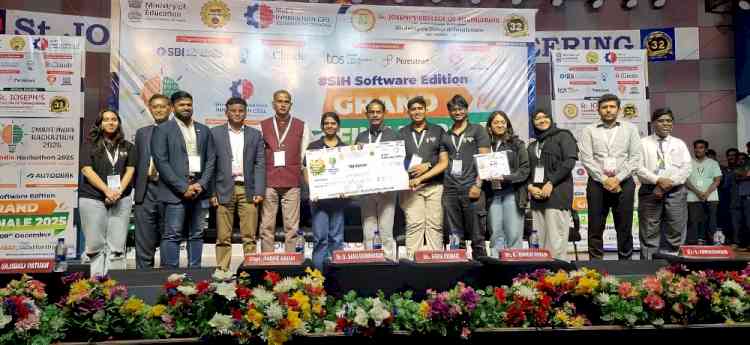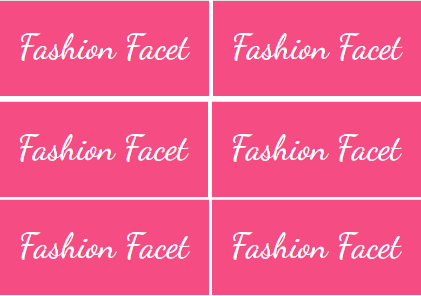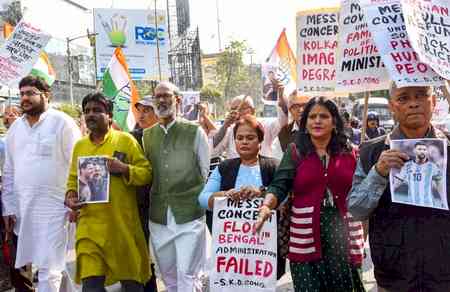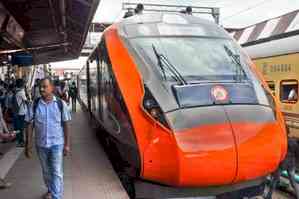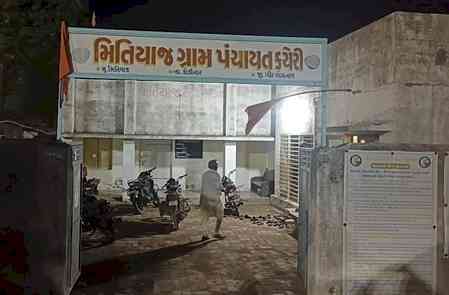IIT Roorkee Researchers Create ‘HyEco’ – A New Tool to Predict How Floods Spread Disease in Cities
First-of-its-kind modelling framework integrates flood mapping, microbial water quality simulation, and quantitative microbial risk assessment (QMRA).
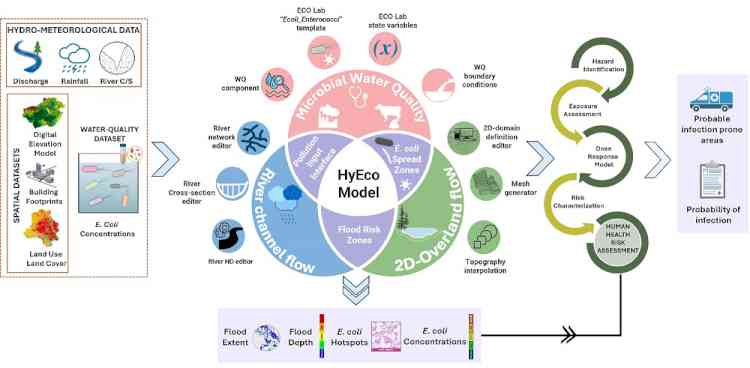
Applied to Delhi’s 2023 floods, the model identified high-risk zones for public health and guided measures to protect vulnerable communities.
Roorkee, Uttarakhand, August 20, 2025; Researchers at the Indian Institute of Technology Roorkee have developed HyEco, a first-of-its-kind integrated flood-water quality modelling platform that not only predicts how urban flood waters will spread across a city but also shows how potential disease-causing microbes can travel in floodwaters and where people are most at risk of getting affected.
This novel framework was tested on the 2023 Delhi floods, one of the worst in recent times. The results were alarming; over 60% of flooded areas were in the high to very high danger zones, and harmful bacteria (E. coli) in the water were found to be hundreds of thousands of times above safe limits. Children, in particular, faced infection risks more than double the internationally accepted safety levels when playing in floodwaters.
Floodwaters in many Indian cities mix with untreated sewage and industrial waste, creating a toxic mix that can lead to outbreaks of diarrhoea, cholera, and other dangerous water-borne diseases. HyEco can help authorities see these threats in advance, identify "health danger hotspots," and take quick action to protect people, for example, by improving sewage treatment, cleaning drains before monsoons, warning residents through SMS alerts, and using advanced water cleaning methods.
The research supports key Government of India missions, such as the National Mission for Clean Ganga, Swachh Bharat Mission, National Disaster Management Plan, and the National Health Mission. It also helps meet several United Nations Sustainable Development Goals (SDGs), including SDG 3 (Good Health and Well-being), SDG 6 (Clean Water and Sanitation), SDG 11 (Sustainable Cities and Communities), and SDG 13 (Climate Action).
"Floods don't just damage buildings; they can trigger silent health crises. HyEco gives us the power to see where the danger will be highest, so action can be taken before it's too late," said Prof. Mohit P. Mohanty, Department of Water Resources Development and Management, IIT Roorkee.
"This research is a perfect example of science serving society. By helping cities prepare for both the visible and hidden dangers of floods, HyEco can play a vital role in building safer, healthier, and climate-resilient communities in India and around the world," said Prof. Kamal Kishore Pant, Director, IIT Roorkee.


 City Air News
City Air News 
